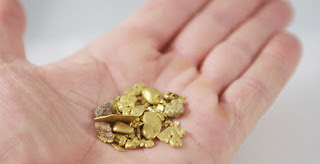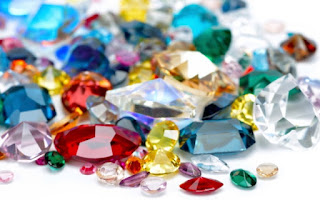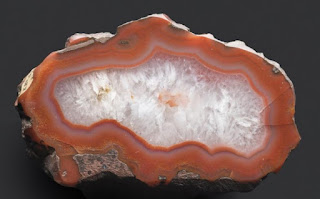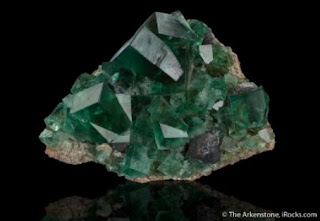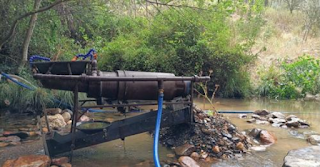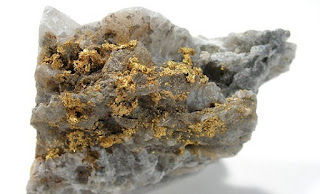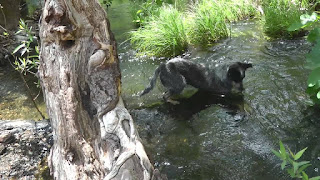How and Where to Find Gold in India
भारत में प्राकृतिक सोना कैसे और कहाँ से प्राप्त करें
ਭਾਰਤ ਵਿੱਚ ਕੁਦਰਤੀ ਸੋਨਾ ਕਿਵੇਂ ਅਤੇ ਕਿੱਥੇ ਲੱਭਿਆ ਜਾਵੇ
ভারতে প্রাকৃতিক সোনা কিভাবে এবং কোথায় পাওয়া যায়
இந்தியாவில் இயற்கை தங்கத்தை எப்படி, எங்கே கண்டுபிடிப்பது
Where to Find Gold in India

The gold ore resources are spread over Bihar, Rajasthan, Karnataka, West Bengal, Andhra Pradesh, Jharkhand, Chhattisgarh, Maharashtra, Madhya Pradesh, Uttar Pradesh, and Tamil Nadu.
Gold in India is mostly of the Electrum variety.
Gold Panning in India
Gold is a natural metal that can be found almost everywhere—streams, rivers, oceans, rocks, and the Earth’s crust. But did you know that people make a living of extracting gold from these sources?
Gold Panning
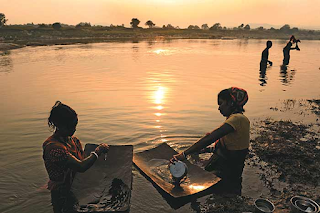 |
| இந்தியாவில் தங்கம் பேனிங் |
Gold Panning or Gold Filtering is a process of extracting gold from a placer deposit (an accumulation of valuable minerals formed by gravity separation during sedimentary processes), such as those found in rivers.
How does gold come into rivers?
Gold is said to enter water streams through the process of erosion which breaks down rocks found on the riverbed. When a river flows by a region having small gold deposits, it carries the gold with it. This gold then gets deposited along the bend of the river or downstream. Alluvial soil, often found on the banks of water bodies, is also known to have gold deposits. In fact, the name “placer” comes from the Spanish word placer meaning “alluvial sand”.
How is gold panning done?

இந்தியாவில் தங்கம் எங்கே கிடைக்கும்
You first collect the mud and sand flowing along the water. Then you place it in specially-designed wooden trays. These trays dissolve the mud, thus filtering the sand. Tiny gold particles then remain behind. You can get all the particles together and melt them This results in the formation of Quarry gold, generally considered to be pure gold. You can then sell the gold to jewellers and earn money.
Who does gold panning in India?
In India, gold panning is done by various communities, who fall under the larger umbrella of Gold Hunters.
One of these is the Sonajhar community of Chhattisgarh. They filter gold particles from the River Mahanadi that flows through the states of Chhattisgarh and Odisha in central India. For decades, the men and women of the Sonajhar community have been traditionally involved in collecting and filtering gold from the wet soil and selling it directly to local goldsmiths.
Gold filtering is the main source of income for such people. After one day of hard work, the community collects gold particles equivalent to the size of 4-5 grains of rice, thus earning close to Rs 400 per day by filtering.
Even the people from the Gond and the Pahadi Korwa tribe filter gold. They can be located on the banks of the IB River. Seer Khud- a perennial rivulet which flows through Bilaspur, Chattisgarh- supports the livelihood of a Himachal tribe called Daola. Aglote in Goa, on the river Ragada, has sands which are rich in secondary gold. Similarly, Chaliyar river in Malappuram, Kerala, saw a gold rush when people found gold in it.
Is this process legal?
There is no particular law that makes gold filtering illegal. However, enthusiastic gold panners often cross the line of the law in search of gold. This is because they enter land areas that belong to others. This can lead to trespassing of property. Plus, there could be legal troubles regarding the ‘ownership’ of such gold.
Top Temples Owning Gold in India





Golden Temple, Amritsar, India
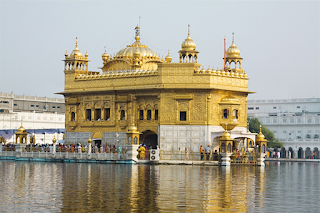 |
| Golden Temple, Amritsar |
Founded by the fourth Sikh Guru- Ram Das Sahib- in the sixteenth century. In 1830 the Golden Temple in Amritsar, it was gilded with 162 kgs of gold, which then cost Rs. 65 lakhs . In the 90s, it was refurbished with 500 kgs of 24-karat gold which cost more than Rs. 140 crores. 24 layers of gold paint were applied and this renovation went on for four years! All its coats of gold were done by the hands of skilled artistes from different parts of the country.
இந்தியாவில் தங்கம் எங்கே கிடைக்கும்
Gold Rush in India
இந்தியாவில் தங்க ரஷ்
Andhra Pradesh
Rayalaseema Region
Anantapur District:
Ramagiri camp
Chittoor District:
Bisanatham - Bisanatham block
Chigargunta
Kolar Gold Fields
South Schist Belt
Mallappakonda deposit
Kadapa district:
Pulikonda intrusion
Kurnool District
Jonnagiri - Jonnagiri Gold Project
Assam
Nagaon District:
Kuthori–Bagori
Chhattisgarh
Jashpur District:
Ib River placers
Maini River placers
Raipur District:
Kasdol
Sonakhan
Jharkhand*
Ramgarh District:
Bokaro coalfield
Karnataka

Davanagere District:
Shimoga schist belt - Hanumalapur Complex
Raichur District:
Hutti Mine - Maski belt
Kolar District:
Kolar Gold Fields
Central Schist Belt - Champion lode - Nundydroog Mine (Coromandal Mine; Oriental Lode)
South Schist Belt - Chigargunta Mine (Chigarikunta Mine)
Raichur District:
Hira Buddini Mine (Hira-Buddini Mine)
Hutti Mine
Uti Mine
Shimoga District:
Shankaraghatta ultramafic body
Tumkur District:
Chitradurga belt
Ajjanahalli mine
Madhya Pradesh
Jabalpur Division
Balaghat District:
Baihar Tehsil
Malanjkand - Malanjkhand Mine
Katni district:
Imalia deposit
Odisha
Keonjhar District:
Baula Complex
Bangur gabbro
Nuasahi Complex
Rajasthan
Udaipur Division
Banswara district:
Jagpura
Bhukia Project
Udaipur District:
Newania carbonatite-fenite complex
Uttar Pradesh
Mirzapur Division
Sonbhadra District:
Parsoi Area - Gulaldih prospect - Gurhar Pahar prospect
- Sonpahari prospect.
*The mystery behind the sands of Subarnarekha: the river of gold in Jharkhand
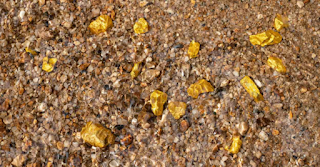
Others:
List of main mines in India
This lists of mines in India is subsidiary to the list of mines article and lists working, and future mines in the country and is organised by the primary mineral output. For practical purposes stone, marbles and other quarries may be included in this list. In India, the underground mine to surface mine ratio is 20:80.
Diamond, Iron ore, Manganese, Copper, Bauxite, Coal, Petroleum, Gold, Lead ore and Uranium.
Sources:
https://www.mygoldguide.in/who-owns-maximum-gold-india
https://timesofindia.indiatimes.com/city/raipur/Sonajhar-a-community-that-filters-gold-from-river-in-Chhattisgarh/articleshow/51170581.cms

